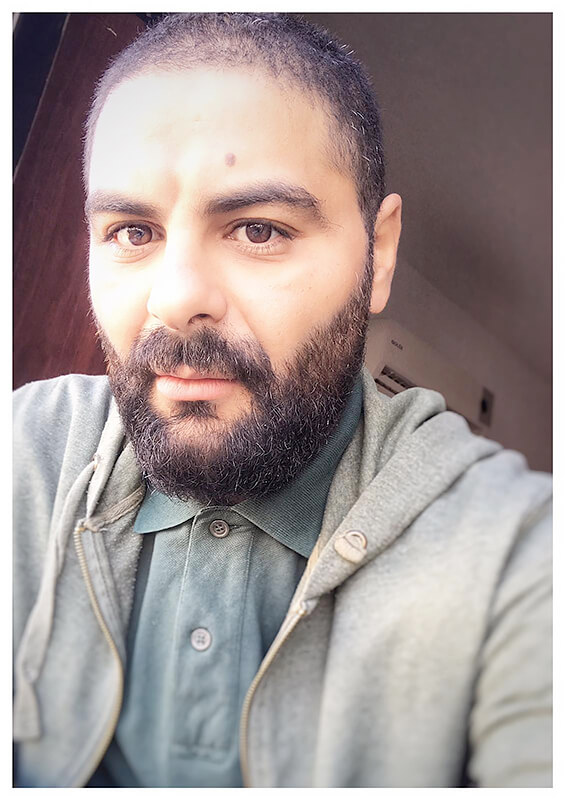A photographer from Gaza Strip, Palestine works now with Anadolu Agency AA, and Freelance photojournalist, working as photographer since 2007, worked as freelancer for AFP, RETURES Besides number of international press outlets, winner of POYI 73th prize (picture of the years), winner of Sony World Photography Awards, winner of maltaphotoaward, winner of All About Photo Photographer of the Year 2019, winner of LENSCULTURE AWARDS Visual Storytelling Awards 2019, Finalist, Documentary, selected by the Guardian in Agency photographer of the year - 2018 shortlist, in 2015, and selected by the Guardian for the best photographer for 2014, number of my photos selected in the best photograph for 2018 by number on international photography outlets.
Mustafa Hassona is All About Photo's 2019 Photographer of the Year.
